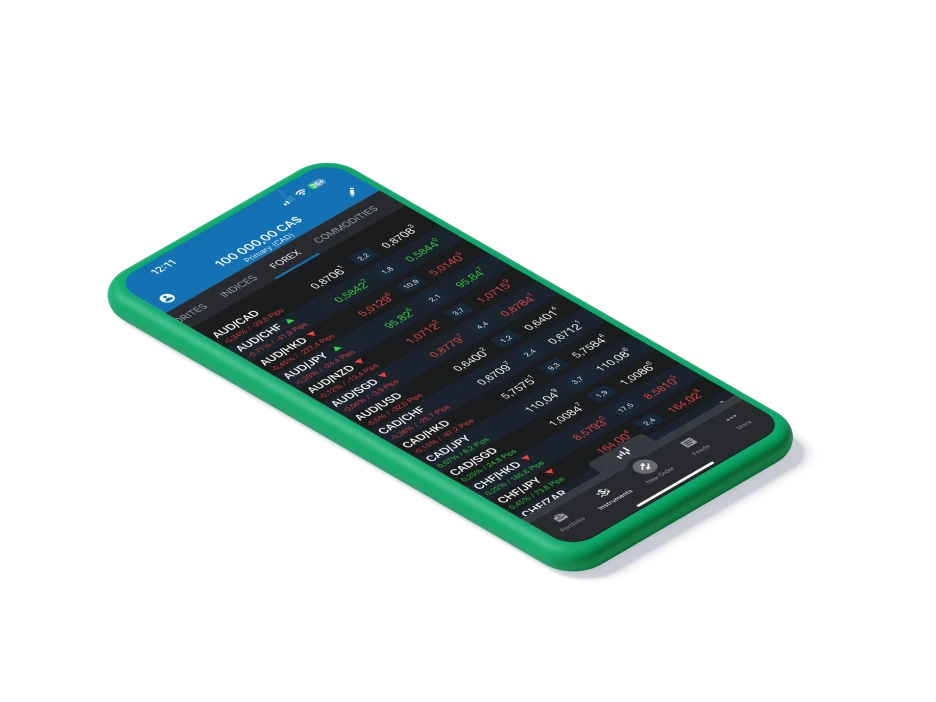OANDA takes a form of security (or deposit) against any losses that you may incur when you trade using leverage, this collateral is typically referred to as margin. Both margin rates and maximum leverage ratios vary depending upon the instrument traded.
Margin requirements for retail clients are governed by the Canadian Investment Regulatory Organization (CIRO), which sets the minimum margin rates for different asset classes. Margin requirements vary given the base currency of your account.
See margin rates and leverage ratios for retail clients.
We offer clients the ability to trade with leverage. This means that you can enter into trades larger than your account balance and trade without depositing the full value of the trade that you wish to open. One of the benefits of trading with leverage is that you could potentially generate large profits relative to the amount invested. On the other hand, trading with leverage could also result in significant, rapid losses to your capital. You cannot, however, lose more than the funds available on your account.
We take a form of security (or deposit) against any losses that you may incur when you trade, this collateral is typically referred to as margin
The margin needed to open each trade is derived from the leverage limit associated with both your account type and the instrument you wish to trade
Margin and maximum leverage are governed by the Canadian Investment Regulatory Organization (CIRO), which sets the margin rates and maximum leverage for different asset classes and regularly updates margin rates.
See margin rates and leverage ratios for retail clients.
It's easy to fund your account using one of the following payment methods.
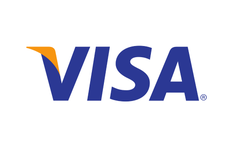
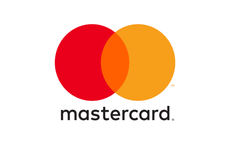
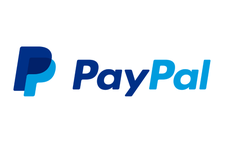
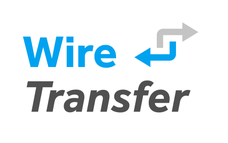
Yes. We apply negative balance protection to all new and existing accounts. This helps to limit your liability, safeguard your funds and mitigate the risk of cascading margin calls. Negative balance protection only kicks in when you have no open trades.
If you still have open positions, the balance will remain negative and be covered by unrealised profit and loss.
If you don’t have open positions and close your last trade, we’ll top up your balance to zero.
Price volatility and changes in global market liquidity can result in large spread increases around market openings and closings, following news announcements, and during times of uncertainty. At such times, our spreads usually widen to reflect market conditions. However, there may be occasions during which we opt to implement a fixed spread rather than allowing a spread to continue to widen.
If you leave trades open during the weekend or before markets close, or in the event that a particular market is suspended, you cannot close them until the markets reopen. Note that prices may change significantly or "gap" when trading resumes. If prices move against you, a margin closeout may be triggered when trading resumes if you have insufficient funds on your account to support your trading.
Spreads (the difference between the bid price and the ask price) typically widen just prior to closure of the markets and when they open, to reflect decreased liquidity in the global markets. These widened spreads could trigger stop-loss orders or margin closeouts when a position is open at this time.
Margin calls are an important aspect of leveraged trading. If the balance in your account falls to a level that is close to the regulatory 50% margin close out rule, a margin call will be triggered. If this happens, you might want to consider adding more funds to your account or closing positions to make sure your account balance is greater than the margin required to maintain open positions.
If one or more of your positions is close to margin closeout, you will receive a margin call alert by email. Margin call alert emails are sent at 4 p.m. ET daily. You can avoid margin closeouts by reducing the amount of margin you are using. This can be done by closing some trades.
Note: In a fast-moving market, there may be little time between warnings, or there may not be sufficient time to warn you at all. Be mindful of the “margin closeout percent” field in the account summary of the OANDA Trade user interface. The closer the margin closeout percent is to 100%, the closer you are to a margin closeout.
With over 25 years of experience, the OANDA Group offers leading tools, powerful platforms and transparent pricing.
Transparent trading costs
We are upfront about our fees, so you know how much you are paying when you trade with us.
Understanding financing costs
Financing costs can affect your cost of trading, so it's important to understand how financing works.
Trading with OANDA
Our operation hours coincide with the global financial markets. Find out when you can trade with us.
